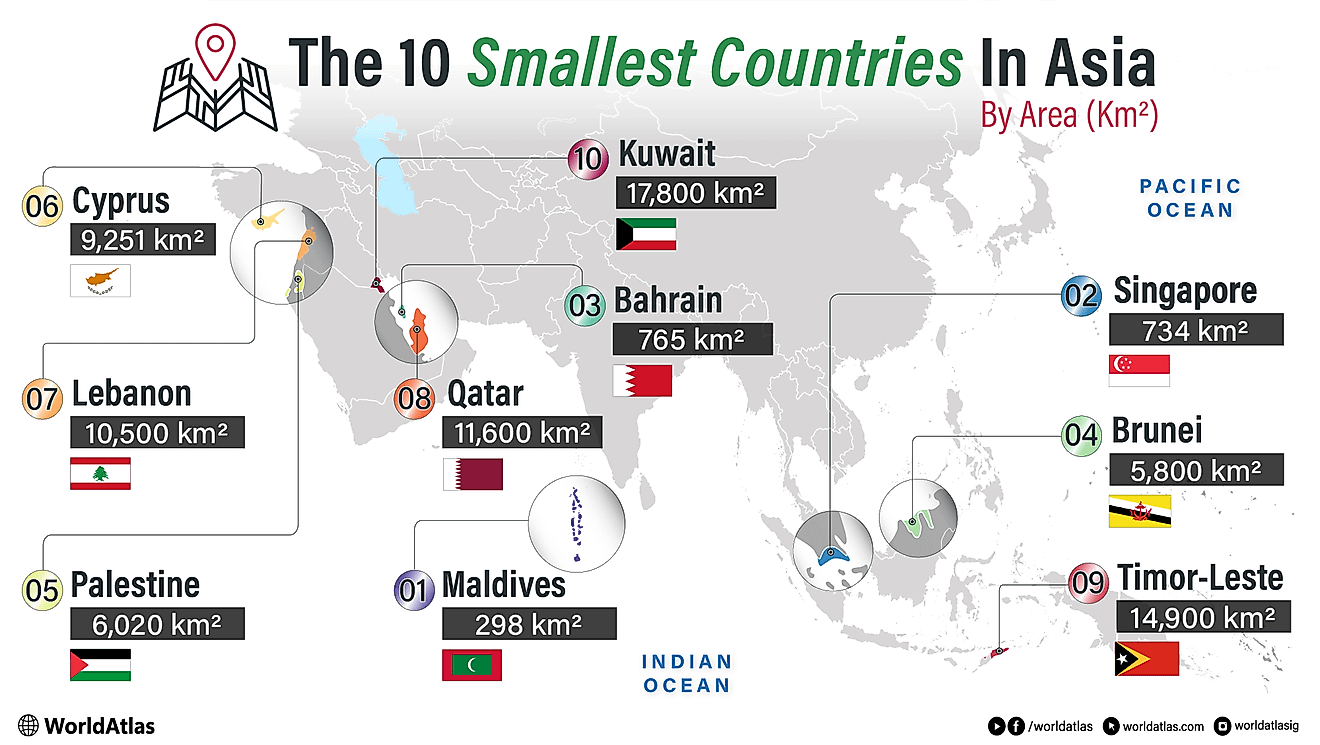Capital Cities Of Canada's Provinces/Territories

- Canada has 10 provinces and 3 territories.
- Toronto, the capital of Ontario, is also the largest city in Canada.
- Quebec City is home to Old Quebec, a UNESCO World Heritage site.
- Edmonton is home to Canada's largest shopping center, which is also one of the largest in the world.
The North American country of Canada has 10 provinces and 3 territories that extend from Pacific Ocean in the west to the Atlantic Ocean in the east. To the north lies the Arctic Ocean and the United States borders Canada to the south. Ottawa in Ontario province serves as the national capital of Canada. Each of the 13 provinces/territories also have their own capital cities. Here is a list of these cities:
- St. John’s - Newfoundland and Labrador
- Charlottetown - Prince Edward Island
- Halifax - Nova Scotia
- Fredericton - New Brunswick
- Quebec City - Quebec
- Toronto - Ontario
- Winnipeg - Manitoba
- Regina - Saskatchewan
- Edmonton - Alberta
- Victoria - British Columbia
- Iqaluit - Nunavut
- Yellowknife - Northwest Territories
- Whitehorse - Yukon
St. John’s, Newfoundland and Labrador
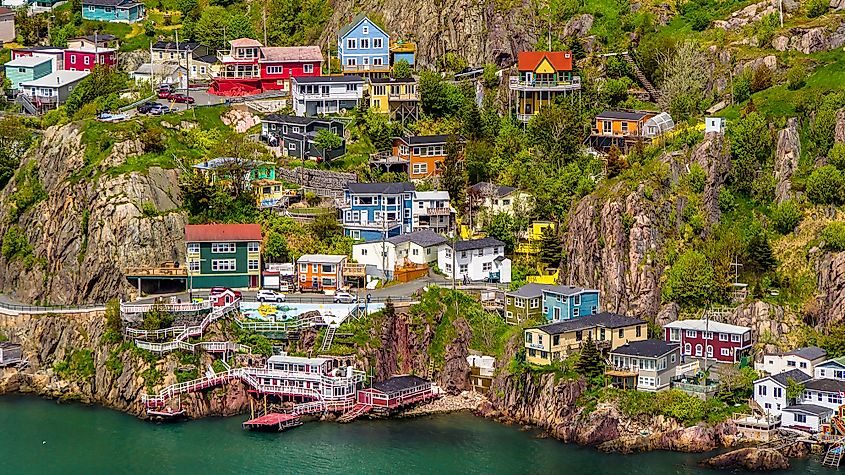
St. John’s is the capital of Canada’s most easterly province, Newfoundland and Labrador. The city is situated on the island of Newfoundland, on the east coast of the Avalon Peninsula. St. John’s began as a commercial trading outpost, due to its harbor and proximity to fishing grounds. Today, about one third of the province’s population lives in the capital and its surrounding communities. St. John’s has recently become a service center for the province’s offshore oil and gas industry.
Charlottetown, Prince Edward Island
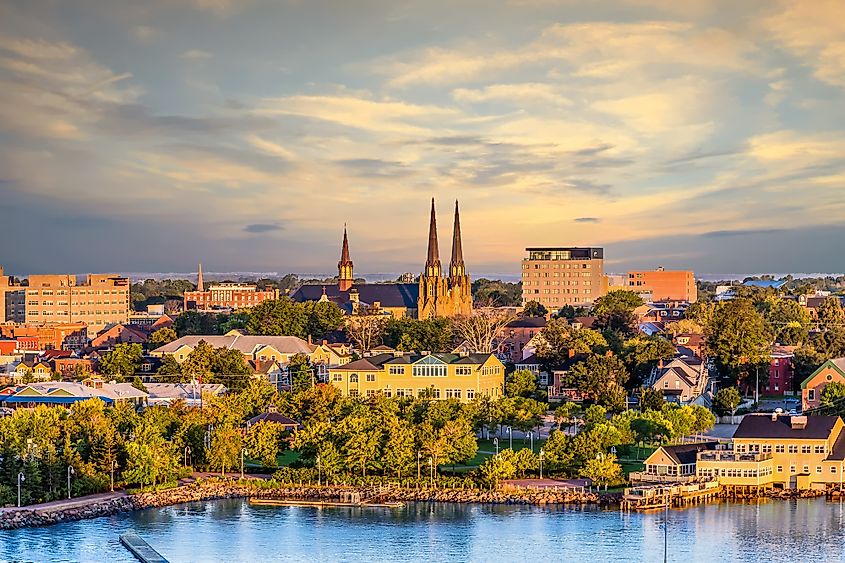
Charlottetown is the capital of Prince Edward Island, Canada’s smallest province. The city is known as the “Birthplace of Confederation,” as it was the locale in which the conference that led to Canada’s formation took place. Today, Charlottetown is a city of 40,500 people. In addition to being the place where Canada was born, it has also been designated by the Ministry of Canadian Heritage as the cultural capital of Canada.
Halifax, Nova Scotia
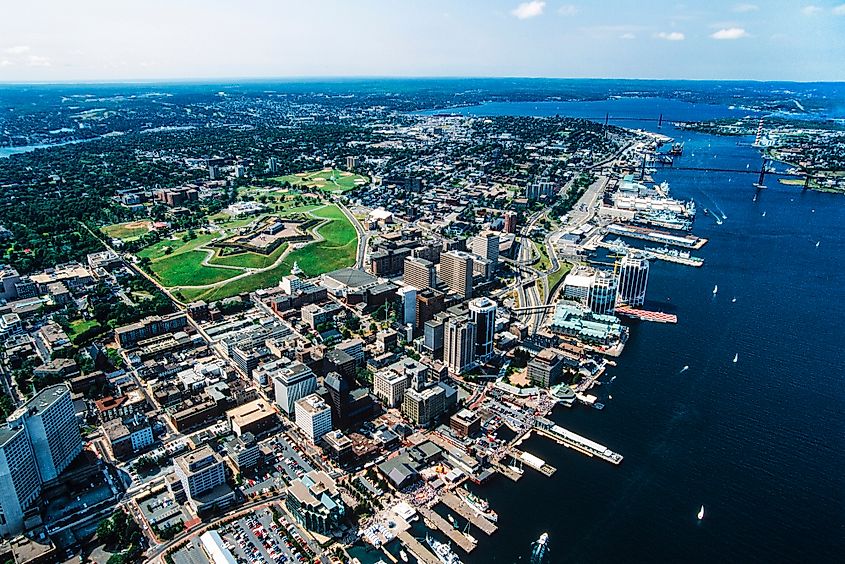
Halifax is the capital of Nova Scotia. The city is named after Lord Halifax, who was the president of the British Board of Trade. Historically, more than 1 million immigrants that have arrived in Canada have been processed at the city’s Pier 21, where the Canadian Museum of Immigration is now situated. Another notable Halifax museum is the Maritime Museum of the Atlantic, which is Canada’s largest and oldest maritime museum. It houses, among other things, photos and artifacts from the Titanic disaster. Halifax is also home to the world’s second largest ice free harbor and the world’s longest-running saltwater ferry.
Fredericton, New Brunswick
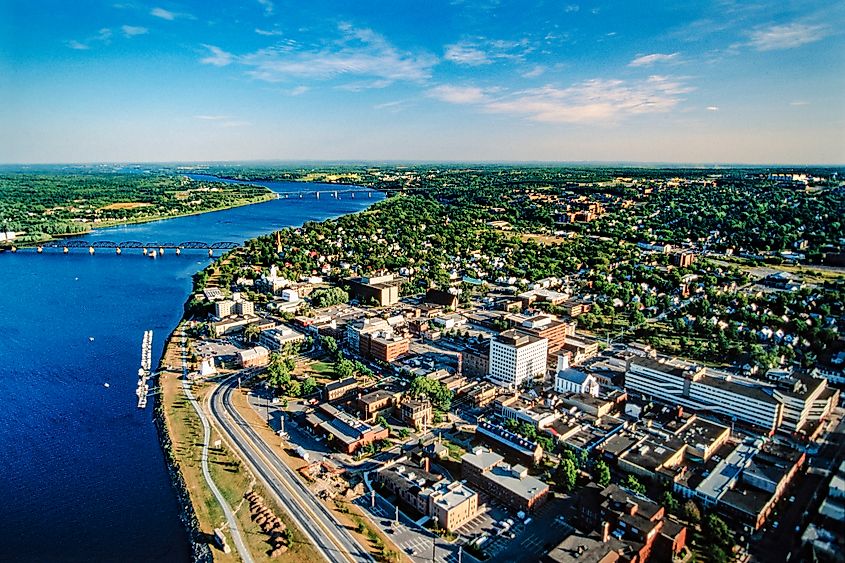
Fredericton is the capital of New Brunswick. The city was originally called Ste. Anne’s Point, but in 1785, the name was changed to Fredericstown, after Prince Frederick, the Duke of York. Shortly thereafter, the name was shortened to Fredericton. Willie O’Ree, the first person of color to play hockey in the National Hockey League, comes from Fredericton. Today, the city is home to more than 58,000 residents. Like to drink? Fredericton is known as the craft beer brewing town of Canada.
Quebec City, Quebec
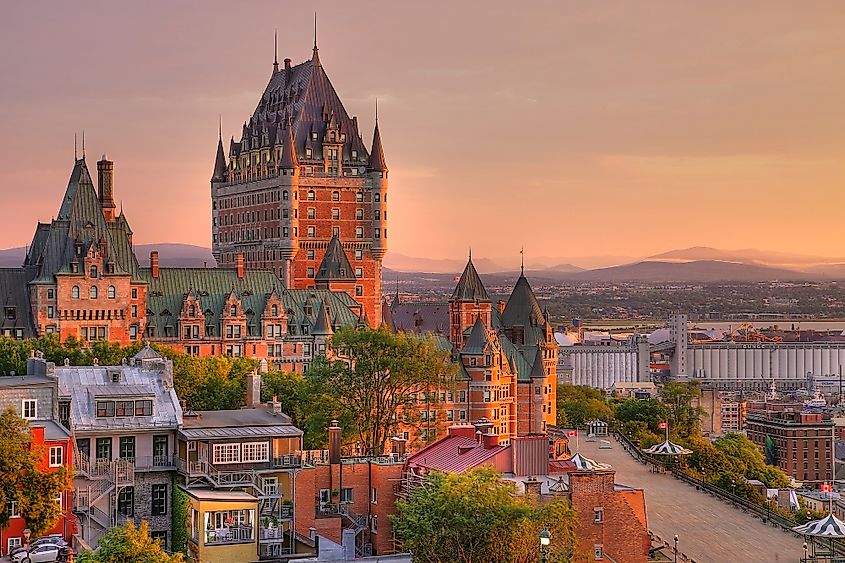
As its name implies, Quebec City is the capital of the province of Quebec. The name “Quebec” is derived from the Algonquin language, and means “narrow passage” or “straight.” It referred to how the St. Lawrence River narrowed close to where Quebec City is situated. If you ever visit Quebec City, be sure to visit Old Quebec, which is a UNESCO world heritage site that has retained its colonial architecture for the last 400 years. In winter, the city is home to the world’s only ice hotel. Quebec City now has an estimated total population of 830,000.
Toronto, Ontario
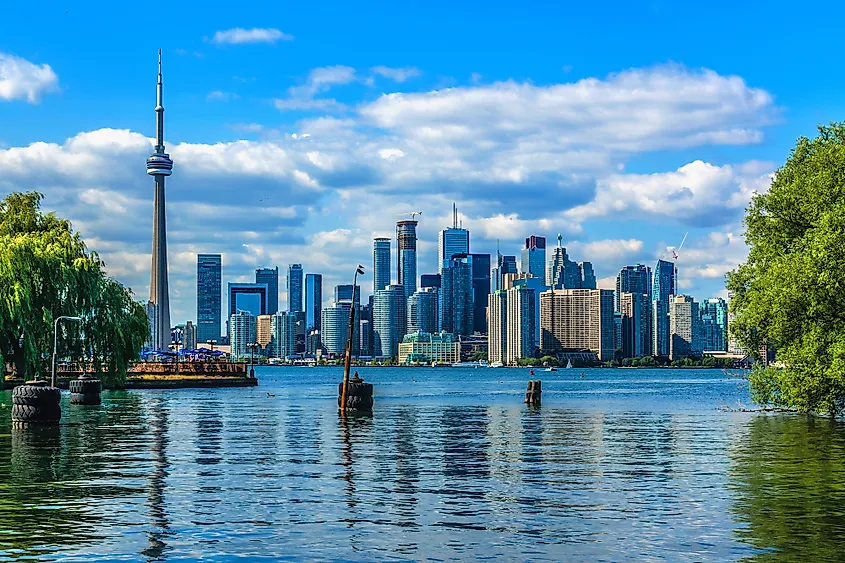
Toronto is the capital of Ontario, Canada’s most populous province. The city is also the largest in Canada. By itself, Toronto has close to 3 million people, but Metropolitan Toronto, which includes the cities of Toronto, North York, East York, Etobicoke, and Scarborough, is home to more than 6 million residents. The name “Toronto” is an Iroquois term meaning, “where there are trees in water.” Toronto is like a microcosm of Canada, as its population very much reflects the country’s multicultural population. The city is home to the iconic CN Tower, which, when completed in 1976, was the world’s tallest free standing structure.
Winnipeg, Manitoba
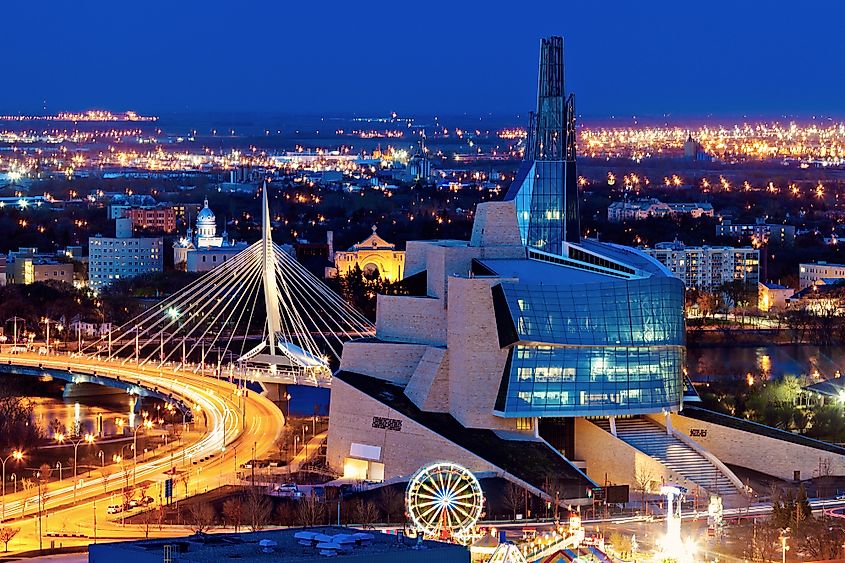
Panoramic view of Winnipeg, Manitoba at sunset.
Winnipeg is the capital of Manitoba. The city is situated in the southeast part of the province, at the point where the Red and Assiniboine rivers intersect. The population of Winnipeg is approximately 749,000. Like most large Canadian cities, Winnipeg has a diverse population, but it is probably best known for its Ukrainian community. Indeed, the Ukrainian Cultural and Education Centre, also called Oseredok, is based in Winnipeg and is one of North America’s most prominent resource center for Ukrainian heritage. Other notable sites in Winnipeg include the Canadian Museum of Human Rights, the Royal Canadian Mint, and The Forks, which has a number of attractions, including a market, skate park, and waterpark.
Regina, Saskatchewan
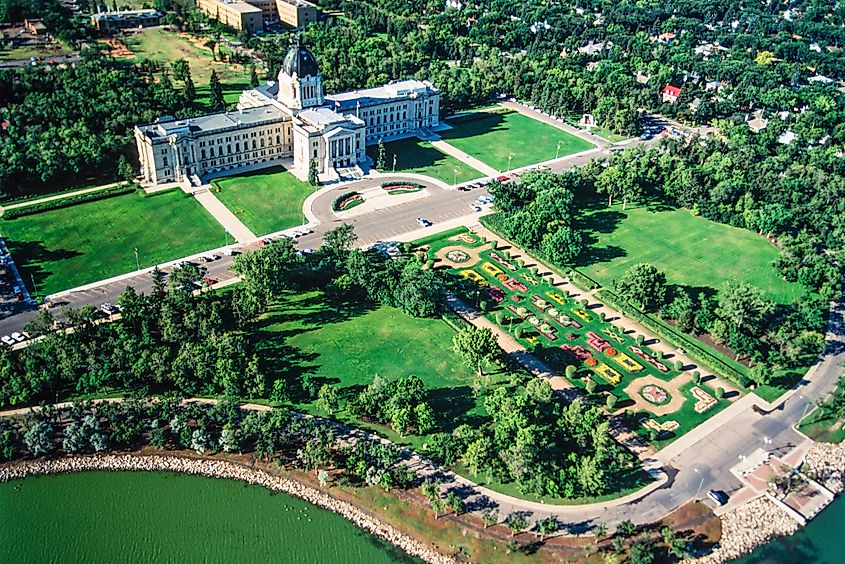
Named in honor of Queen Victoria, Regina is the capital of Saskatchewan. It has a population of approximately 230,000 people. Regina is situated on the shores of Last Mountain Lake, on land that is part of the traditional territory of the Metis people. One interesting site to see in Regina is the RCMP Heritage Centre, where people can learn about the history of the RCMP. The RCMP, short for Royal Canadian Mounted Police, are Canada’s version of the U.S. National Guard. They are widely recognized by their traditional uniforms, which include red coats and beige Stetson hats, though these are usually just worn for ceremonial purposes.
Edmonton, Alberta
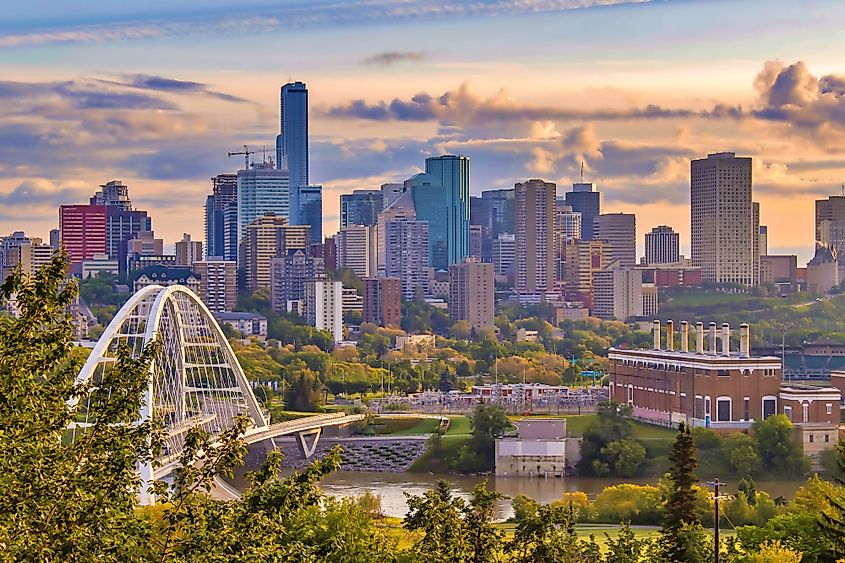
Edmonton is the capital of Alberta. It was originally founded as Fort Edmonton and established by the Hudson’s Bay Company in 1795. It was not incorporated as a city until 1904. Today, Edmonton is a city of more than 972,000 people, which makes it the largest capital in the Prairie Provinces. Among the attractions in Edmonton is the Beaver Hills national park, which has been designated as a UNESCO Biosphere Reserve. Edmonton is also home to Canada’s largest shopping mall, the West Edmonton Mall. In fact, the West Edmonton Mall is one of the largest shopping centers in the world.
Victoria, British Columbia
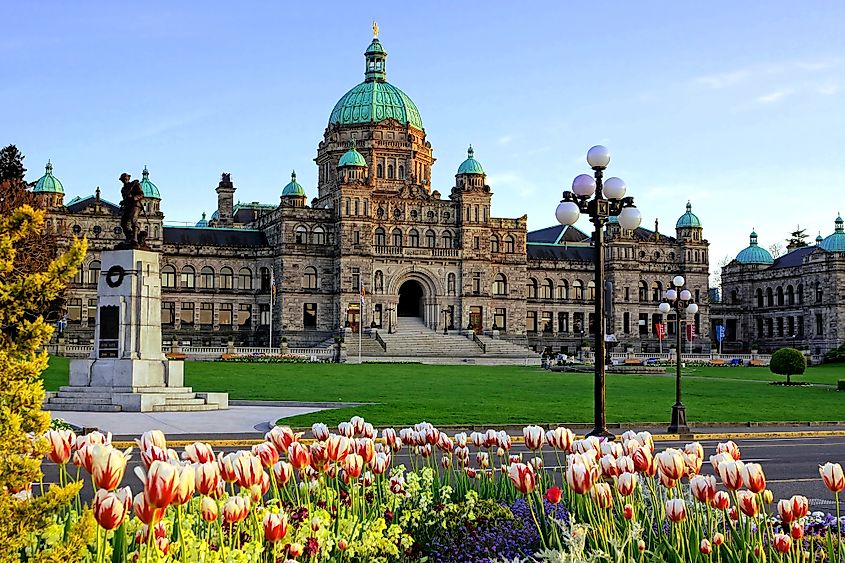
As its name implies, the capital of British Columbia is named after the long-reigning British monarch. The city is situated on the southern end of Vancouver Island, and has an estimated population of 92,000. Some of the city’s attractions include the world-famous Butchart Gardens, Fisherman’s Wharf, which is home to 33 floating houses; Chinatown, which is the oldest Chinatown in Canada and second-oldest in North America; Mahalat Skywalk, where you can view the city from 40 meters up, and Craigdarroch Castle, which is known as one of the most haunted places in Canada.
Iqaluit, Nunavut
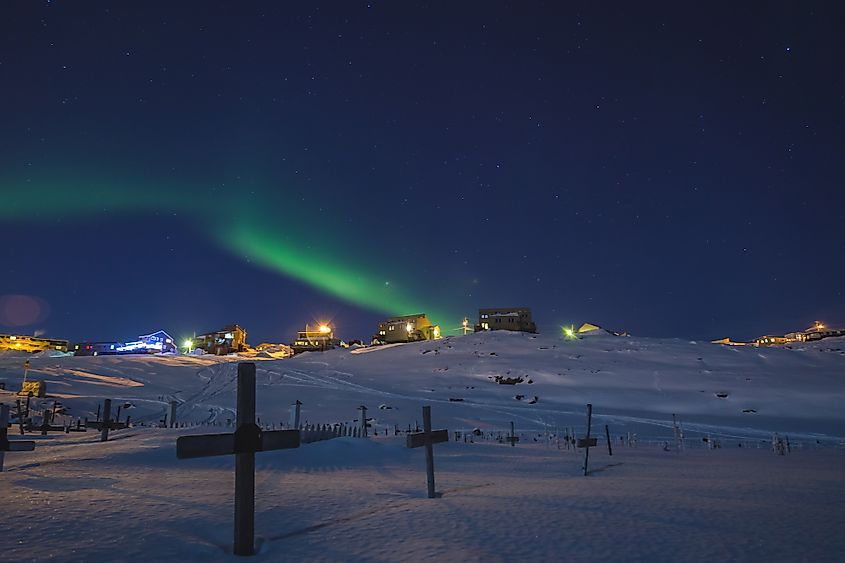
Iqaluit is the capital of Nunavut, Canada’s newest territory, created in 1999. The city is situated on Baffin Island, on the shores of Frobisher Bay. In fact, it used to be called Frobisher Bay, but its name was changed in 1987. The name “Iqaluit” literally means “many fish” in Inuktitut, the language of the Inuit people. Just 7,250 people live in Iqaluit, which makes it the least-populous capital city in Canada. If you ever visit the city, you will find bilingual signage in both English and Inuktitut. You will also find many snowmobiles, as it is a preferred way to get around the city. Alternatively, you can take a cab. They all charge a flat rate of $7 per trip.
Yellowknife, Northwest Territories
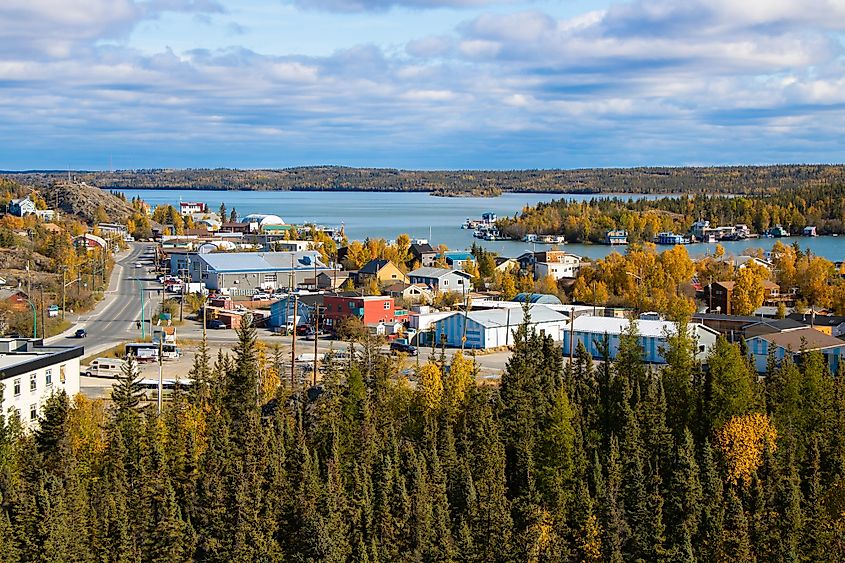
Yellowknife, which is situated on the northern shores of the Great Slave Lake, is the capital of Canada’s Northwest Territories. The city got its name from the indigenous T'atsaot'ine tribe, whose name translates in English as “yellow knives”. The traditional name for the city is Smbak’e, which means money place. Indeed, Yellowknife is well known for its mineral wealth. It became the capital of the Northwest Territories in 1967, though it was not incorporated as a city until 1970. Yellowknife is a very multilingual city, as more than 25 languages are spoken there. The city’s population is close to 20,000.
Whitehorse, Yukon
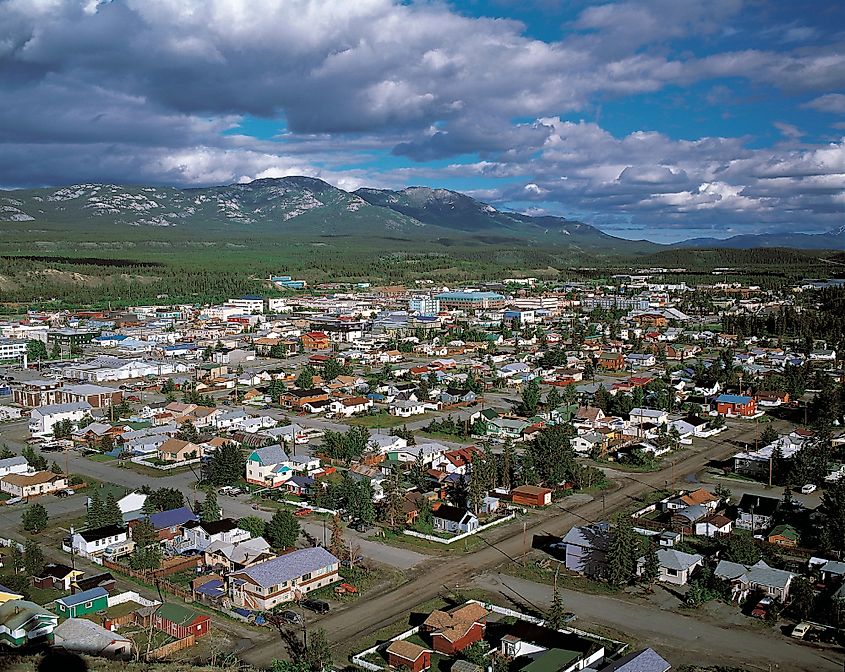
Whitehorse is the capital of the Yukon Territory. The city got its name from the rapids of the nearby Yukon River, which are said to resemble the manes of white horses. The city was incorporated in 1950, and was made the capital of the territory in 1953, replacing Dawson City. Approximately 25,000 people live in Whitehorse, making it the most populous capital in all the Canadian territories. In fact, 70% of the Yukon’s entire population live in the capital.
Capital Cities Of Canada's Provinces/Territories
| Rank | Province/ Territory | Abbreviation | Capital City | Largest City (if not the capital) |
|---|---|---|---|---|
| 1 | Alberta | AB | Edmonton | Calgary |
| 2 | British Columbia | BC | Victoria | Vancouver |
| 3 | Manitoba | MB | Winnipeg | - |
| 4 | New Brunswick | NB | Fredericton | Saint John |
| 5 | Newfoundland and Labrador | NL | St. John's | - |
| 6 | Nova Scotia | NS | Halifax | - |
| 7 | Ontario | ON | Toronto | - |
| 8 | Prince Edward Island | PE | Charlottetown | - |
| 9 | Quebec | QC | Quebec City | Montreal |
| 10 | Saskatchewan | SK | Regina | Saskatoon |
| 11 | Yukon | YT | Whitehorse | - |
| 12 | Nunavut | NU | Iqaluit | - |
| 13 | Northwest Territories | NT | Yellowknife | - |
